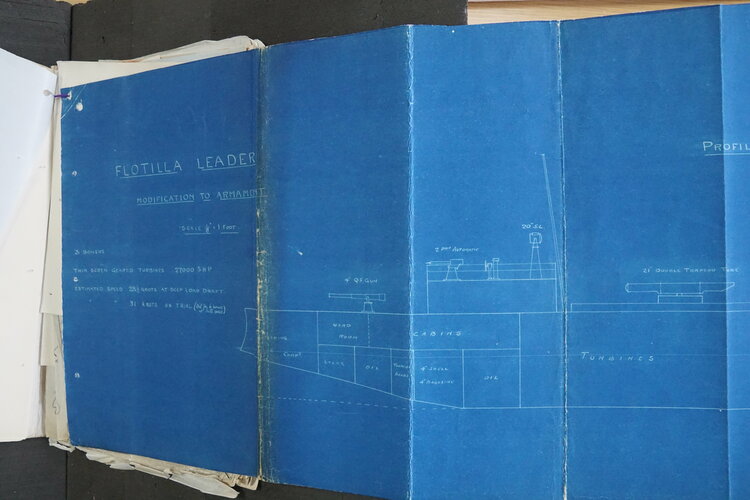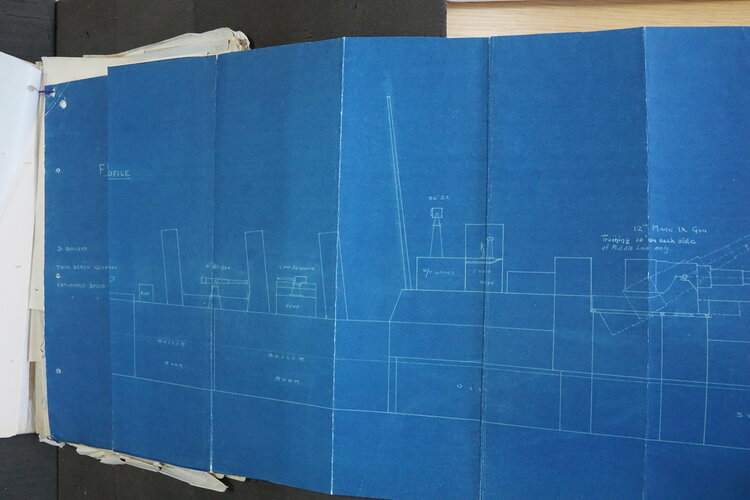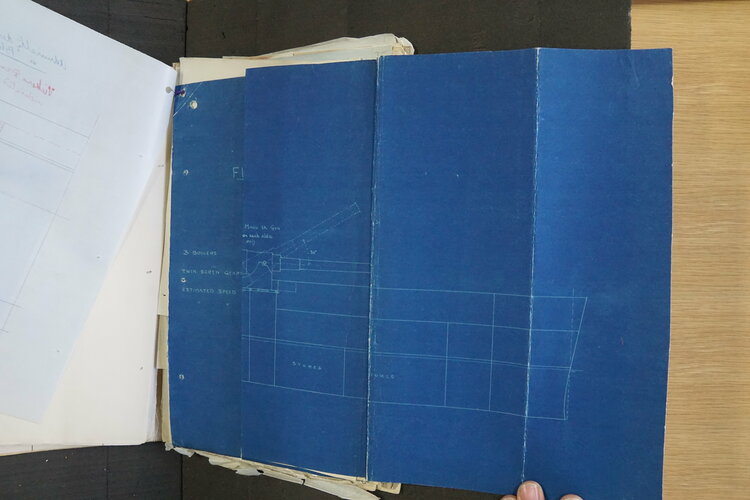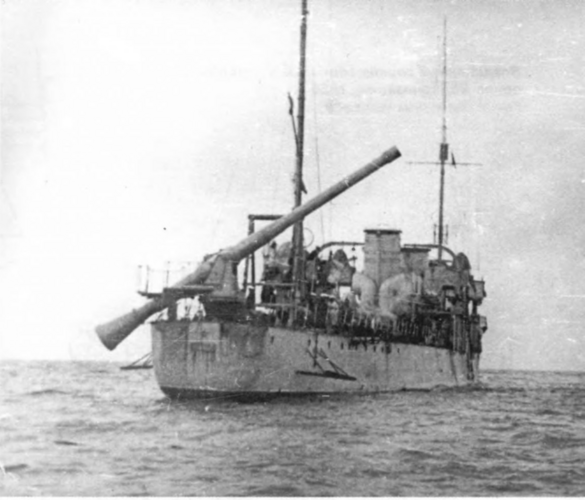To my knowledge the late-war Destroyer production:
Schichau yard ones:
S113 class, 3 ordered in 1916, 1 finished, launched in 1918, "commissioned" in 1919
S131 class, 9 ordered in 1916, 9 finished, first launched in 1917, commissioned in 1917
S152 class, 6 ordered in 19167 0 finished, launched in 1918
S178 class, 21 ordered in 1917, 0 finished
AEG-Vulcan yard ones:
V116 class, 3 ordered in 1916, 1 finished, launched in 1918, "commissioned" in 1918
V125 class, 11 ordered in 1916, 7 finished, first launched in 1917, commissioned in 1917
V158 class, 8 ordered in 1917, 0 finished, first launched in 1918
V170 class, 16 ordered in 1917, 0 finished
Germania yard ones:
G119 class, 3 ordered in 1916, 0 finished, first launched in 1918
G148 class, 4 ordered in 1917, 0 finished
Blohm & Voss yard ones:
B122 class, 3 ordered in 1916, 0 finished, first launched in 1917
Howaldtswerke yard ones:
H145 class, 3 ordered in 1917, 3 finished, first launched in 1917, commissioned in 1918
H166 class, 4 ordered in 1917, 0 finished, first launched in 1918
H186 class, 17 ordered in 1917, 0 finished






